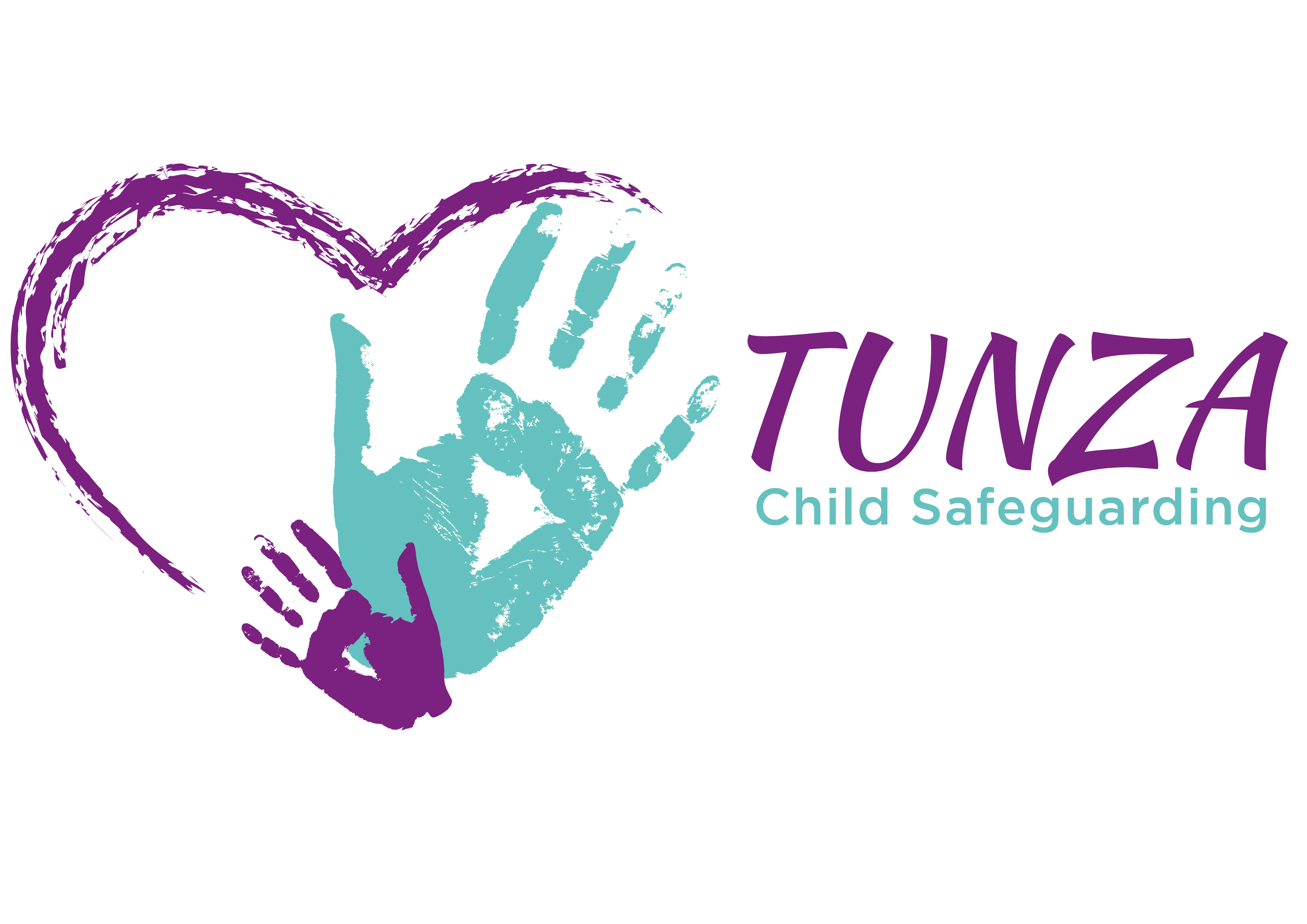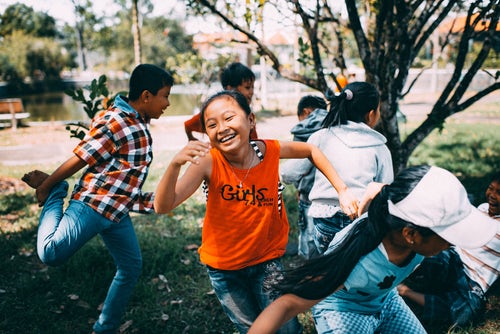The Role of community-based structures in Keeping Schools Safe for Children.
As schools strengthen their child safeguarding efforts, they must work together with families and communities as key allies in the critical responsibility of protecting children. Sometimes, family members, neighbors, and other community members play an obvious role in keeping children safe. For example, when a 12-year-old girl is sexually assaulted by a stranger but manages to scream, and other community members come to her rescue and eventually capture her assailant. However, just as it would be unthinkable for the community to remain silent in moments of crisis like this, it is equally important that the community be actively involved in preventing and responding to more hidden forms of abuse that unfortunately are too often perpetrated by teachers, staff or other adults in positions of trust.
According to INEE Minimum Standards[1], Community participation is critical to the effectiveness and sustainability of education programs. As such, community members must be supported to participate “actively, transparently and without discrimination” in all stages of education responses. Community-led approaches are grounded in the idea of people’s power, that is, the ability of ordinary people, even under difficult circumstances, to organize themselves, define their main problems or challenges, and collectively address those problems.[2] In that view, structured community-led forums are the best place to identify local protection issues and develop the most appropriate solutions in cooperation with schools.
[3]School Management Committees (SMCs) and Parent-Teacher Associations (PTAs) are important tools for enhancing school governance – particularly with respect to leadership, management, and decision-making. These community structures are developed through a series of comprehensive social mobilization activities that encourage and guide communities in the participatory processes of managing a school. They normally consist of 7–8 members from diverse interest groups; a school administrator or principal, parents, teachers, and community elders or a social worker.
These groups provide a natural and important opportunity to involve the community in making schools safe for children. SMCs and PTAs should participate in every stage of the process, from the development of child safeguarding policies to overseeing that these procedures are implemented, monitored and updated.
At the stage of policy development, SMCs and PTAs can help identify the risks children face and effective steps to reduce those risks, as well as reporting mechanisms that are culturally appropriate and accessible to all. They can also ensure that children’s voices are heard, through encouraging the establishment of child-led groups in the school and community, and by giving an opportunity for those groups to participate in the process.
Policies only have a positive impact if they are put into practice, so SMC’s and PTA’s roles are even more important at the stage of implementation. Since SMCs and PTAs play a key role in budgeting and disbursement of funding, they should be in the forefront advocating for resources to be set aside for disseminating policies that have been translated into local and child-friendly languages. They should also ensure both the teachers and students are regularly made aware of the types of abuse and that the school has set up the necessary reporting and response mechanisms.
Over the past two decades, both of Kenya’s refugee camps, Kakuma (pop.188,000) and Dadaab (pop. 211,086)[4], have witnessed growing community participation in protecting children through schools. Not only have these community structures strengthened refugee schools in numerous ways, but they have also proven to be an important tool for raising awareness and addressing cultural norms that marginalize certain groups of children and young people (for example, children living with disabilities, child-headed households and child mothers from accessing education).[5] In Kakuma, parents who undergo SMC training expressed feeling more confident in their roles and responsibilities in engaging the school in cases of child abuse.
“We can contribute to the governance of the school and work with the headteacher – and all the teachers – to improve the quality of teaching in the school and at the same time protect our children within the school.” (SMC member).
In their role as decision-makers, SMC’S and PTA’s can influence decisions about appropriate response actions when a teacher has been found culpable of abusing or exploiting children, for example pushing for dismissal or arrest and conviction of perpetrators in a case of serious abuse or punishment of students by teachers.
Beyond school-based groups like SMCs and PTAs, community-based child protection groups are key players in ensuring children are safe not only in school but even in the surrounding community.[6] Community-based child protection groups are groupings of people, often volunteers, who aim to improve the protection and wellbeing of children in a village, urban neighborhood or other community. They are known by a variety of names – for example, orphan and vulnerable children committees, child protection committees, child welfare committees, community care committees, and anti-trafficking committees. Despite having different names, these groups are mostly very similar, with the common aim of protecting and caring for vulnerable children. For example, accompanying children to prevent them from being attacked when going or returning from school. It is important for schools to also engage and collaborate with these kinds of groups, to raise awareness on key child protection issues in the community or identify children who may not be attending schools and refer them for assistance.
In conclusion, communities must not be left out or reduced to mere “rubber stamps” in the day to day management of school-based initiatives, and this is especially true when it comes to child safeguarding. Since communities vary enormously in each context, they must develop their own ways of working that fit their context. Schools form only a part—though a very significant one—of holistic social reality, so they must not work in isolation from the community. Rather, they must actively involve parents and
[1] Minimum Standards for Education in Emergencies
[2] A Guide for Supporting Community-Led Child Protection Processes Child Resilience Alliance September 7, 2018
[3] Role of School Management Committees (SMCs) and Local Governing Bodies in Violence Prevention within School: Evidences from Nepal
[4] https://www.unhcr.org/ke/wp-content/uploads/sites/2/2019/05/Kenya-Infographics-30-April-2019.pdf
[5] Good Practices for Strengthening Community Participation In Education In Kenya
[6] A Common Responsibility The role of community-based child protection groups in protecting children from sexual abuse and exploitation https://resourcecentre.savethechildren.net/node/1245/pdf/1245.pdf







Write a Comment